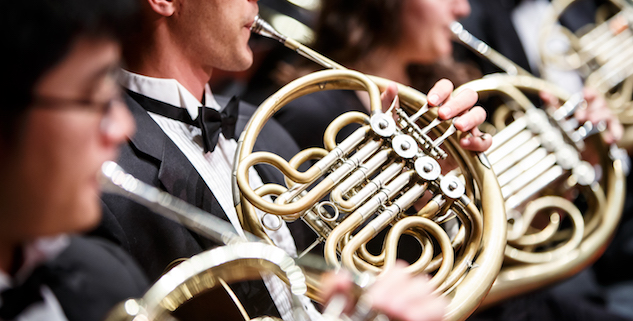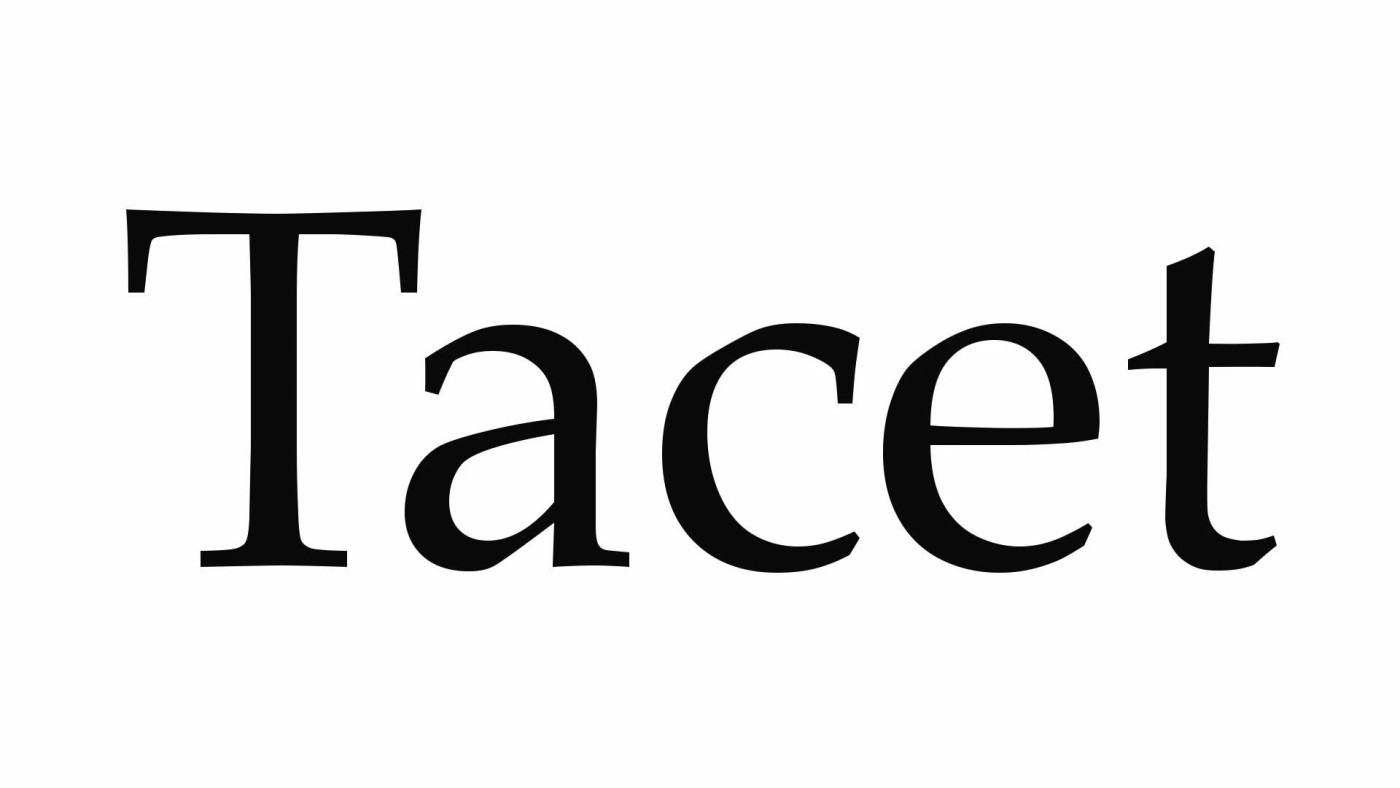Trombones in Ohio (Part 4)
Continuing this series of featuring trombone events in Ohio, I would like to highlight a clinic that I attended at the Ohio Music Educators Association (OMEA) Conference in February. As a music educator, I decided last year it would be necessary to rejoin the National Association for Music Education and OMEA to further my development as a music educator. It has had great benefits and has helped me improve as a teacher.
I imagine (and would hope) that state conferences usually have at least one clinic focused on a specific instrument whether saxophone or trumpet. This year’s trombone clinic, “Tips and Tricks for Teaching Trombone: Sound, Slurring, and the Slide,” was presented by Dr. Gretchen McNamara from Wright State University. I had a chance to meet Dr. McNamara at the Ohio Trombone Day in January and knew that clinic would be very beneficial. What I found so helpful about this clinic was the emphasis on fundamentals and why it is crucial that general music educators listen for certain elements in their students. Often times, band directors do not have an opportunity or resources to sit down with each student to develop their skills on the instrument. However, a clinic such as this gave many who attended some key points to use in their next band or sectional rehearsal. A synopsis of some of the topics discussed were:
* The importance of a working slide
* Holding the instrument and the downward angle of the instrument to free up the upper lip to vibrate
* The importance of the breath (i.e., there needs to be body movement and expansion)
* Keeping pressure off the lips so they can vibrate
* Playing full valued notes to train good airflow
* What kind of articulation is the student producing? “Tah,” “Pah,” or “Ha”
* Slide Speed – “FAST movement for SLOW passages; SLOW (gliding) movement for FAST passages”
* Carrying the weight of the horn on the left side so the slide arm is free and relaxed
* Slurring and realizing that trombones have to, at times, move the slide across partials
* Slide place and understanding that large and small motor skills are required to move the slide
* Check the tuning slide – if it is pulled way out check the student’s embouchure and tone production
* Ear-training and getting across the fact that muscle memory is involved physically and aurally
* Use the “Sing, Buzz, Play” strategy
Dr. McNamara concluded with the fact that “Beginning trombone students need a little bit of unique instruction and that proper fundamentals with air flow, slide action, and articulation can increase success early on and perhaps improve retention.”
All in all, I was able to grab some excellent tips from this clinic. Since it has been over 20 years since I started beginning trombone, it can be somewhat challenging to remember what a “Beginning Trombone Player” has to go through to start playing. Many of the points outlined in the clinic triggered a new perspective and approach on teaching the trombone to younger students. Already, I have been able to use many of these key points in my own private teaching as well as the Brass Methods course at my university.
If you would like to contact Dr. Gretchen McNamara, please visit her website or the Wright State University Trombone Studio Facebook Page.



